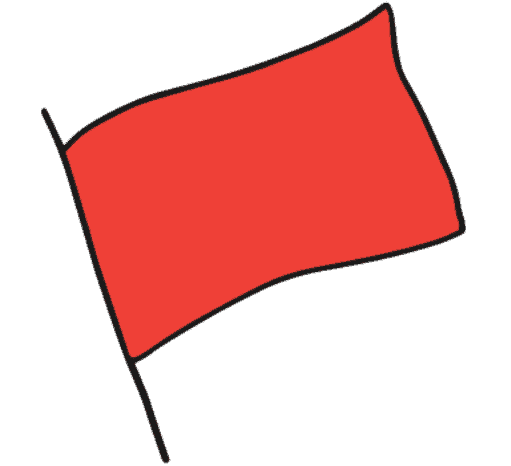If you have trouble getting under the ball during your short chip shots, then chances are that you have looked into higher lofted wedges. These higher lofted wedges make it easier for you to get under the ball, in turn, giving you a much higher probability of getting some height on the ball. A 68 degree wedge is one of the highest lofts available. While they are rare to see on the course, they do exist.
For most casual golfers, a 68 degree wedge will give them that flop shot that they need. However, with a club that can make these kinds of shots so easy, is it legal? To help you figure out the answer to this question, I looked into the USGA and R&A’s rules on wedge loft limits to see whether or not a 68 degree wedge is legal or not.
Is a 68 degree wedge legal? According to the USGA and R&A, a 68 degree wedge is totally legal to use for any casual, amateur, high-level amateur, and professional golf games. In other words, a 68 degree wedge conforms to all of the equipment regulations, thus making it a legal club.
Is There A Limit On Wedge Loft?
This may come as a surprise, but neither the USGA or R&A have rules on the amount of loft that a wedge can have. So this means you can have any amount of loft on your club. For instance, you can have a 90 degree loft wedge if you wanted to. Although it would be hard to hit, you wouldn’t be breaking any rules and it would be considered legal.
Why Are 68 Degree Wedges Hard To Hit?
A 68 degree wedge may help you get under the ball, you may find that it is much harder to make contact with the ball in comparison to some of your other lower lofted clubs. This is mainly because as you go up in the loft, the club face becomes more and more horizontal. This means that there is less club face to make contact with the ball.
Because the club face is more flush with the ground, it makes it easier for the club to swipe under the ball. So, this makes it much more imperative that you practice your shots with this club. When you do make contact, it will help your game tremendously, but when you don’t make contact it’s going to add a ton of strokes to your score.
What Is A 68 Degree Wedge Called?
While the 68 degree wedge is within the ‘lob wedge’ category, it is technically called an X-wedge. Any wedge that is above 64 degrees, is called an X-wedge. So, the 68 degree wedge should be called an X-wedge.
It is also called an extreme-lob or ultra-lob wedge. However the most popular alternative name for this club is X-wedge.
Why Is It Called An X-Wedge?
The name X-wedge sounds unlike any other club name. So, why was it given that name? It is called an X-wedge, because it has extreme loft. The “X” is just an abbreviated form of the word extreme.
In other words, because this club has an extreme amount of loft, many of its creators decided to call it an X-wedge instead of an extreme-wedge (likely because it sounded cooler). As mentioned above, not every high lofted wedge is considered an X-wedge. The wedge must have 64 degrees of loft or higher.
What Is A 68 Degree Wedge Used For?
A 68 degree wedge should be used for shots that are right on the outskirts of the green. You won’t get much distance from it, so it is important that you are close to the green. It is used to get you right up and onto the green.
Generally speaking a 68 degree wedge should be used for short range shots that are right outside of the green.
In other words, if you are just outside of your putting range on the fringe of the green, or right where the fairway meets the green, this could be the club to use. This could also be used if you are in a sand trap that is right outside of the green.
Final Thoughts: Legality Of 68 Degree Wedge
So, now you can rest assured that having a 68 degree wedge in your bag is totally legal as it conforms to all equipment regulations. Just note that this club is not for every player. If you struggle to hit those super short shots, then a club like this is for you.
You will not be able to get much distance on the ball, but you will be able to get enough height on the ball to ensure a spot on the green. With consistent practice, you will be able to get used to the club’s minimal face, allowing you to hit better shots altogether.
